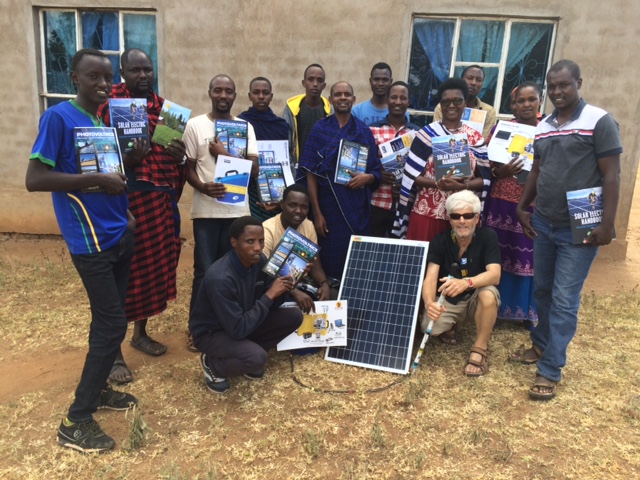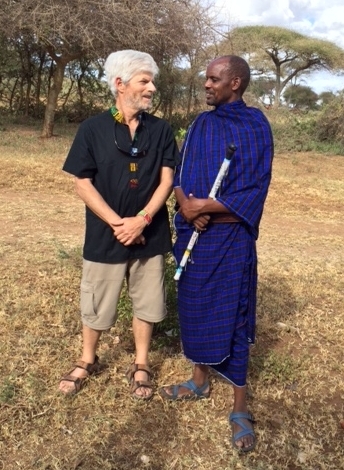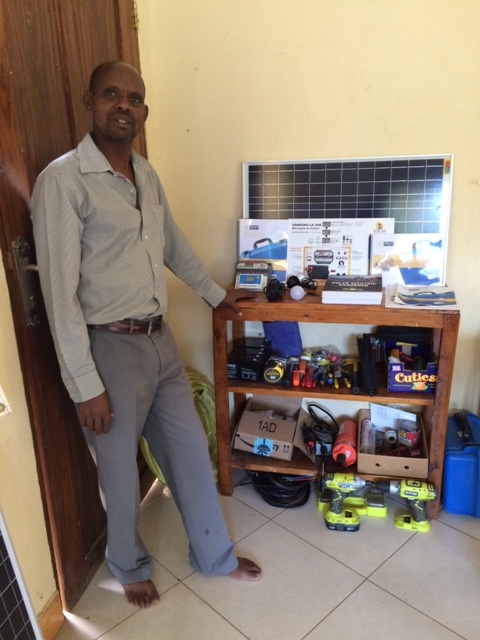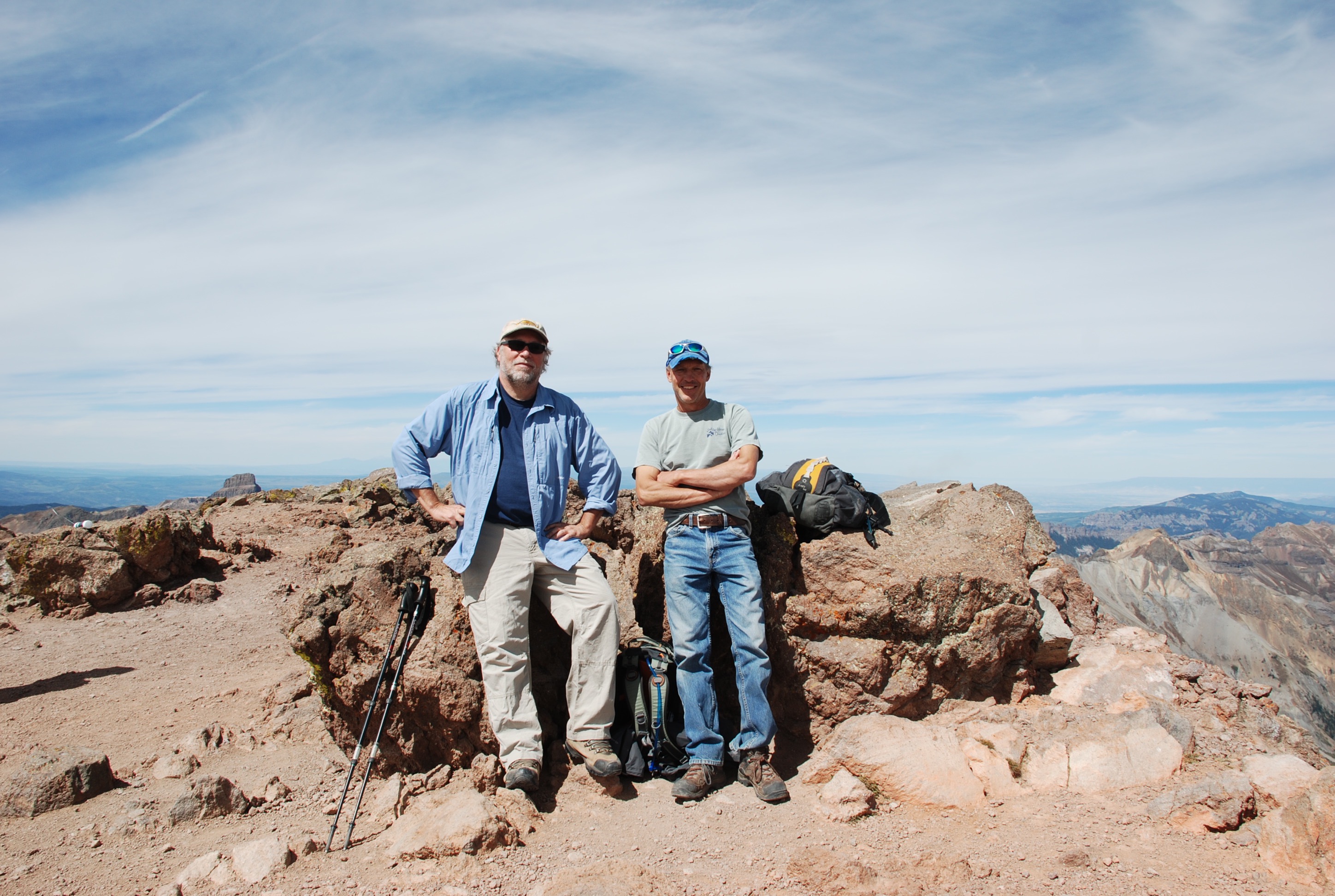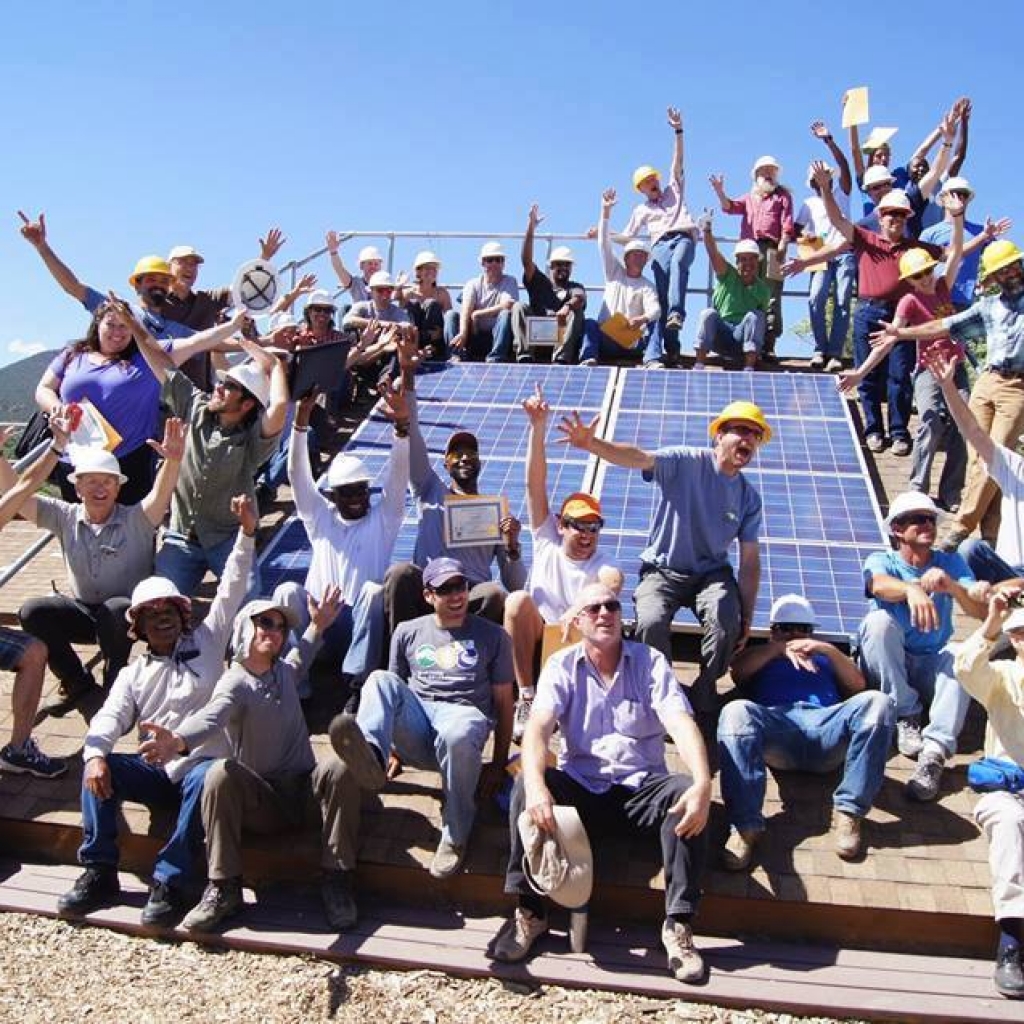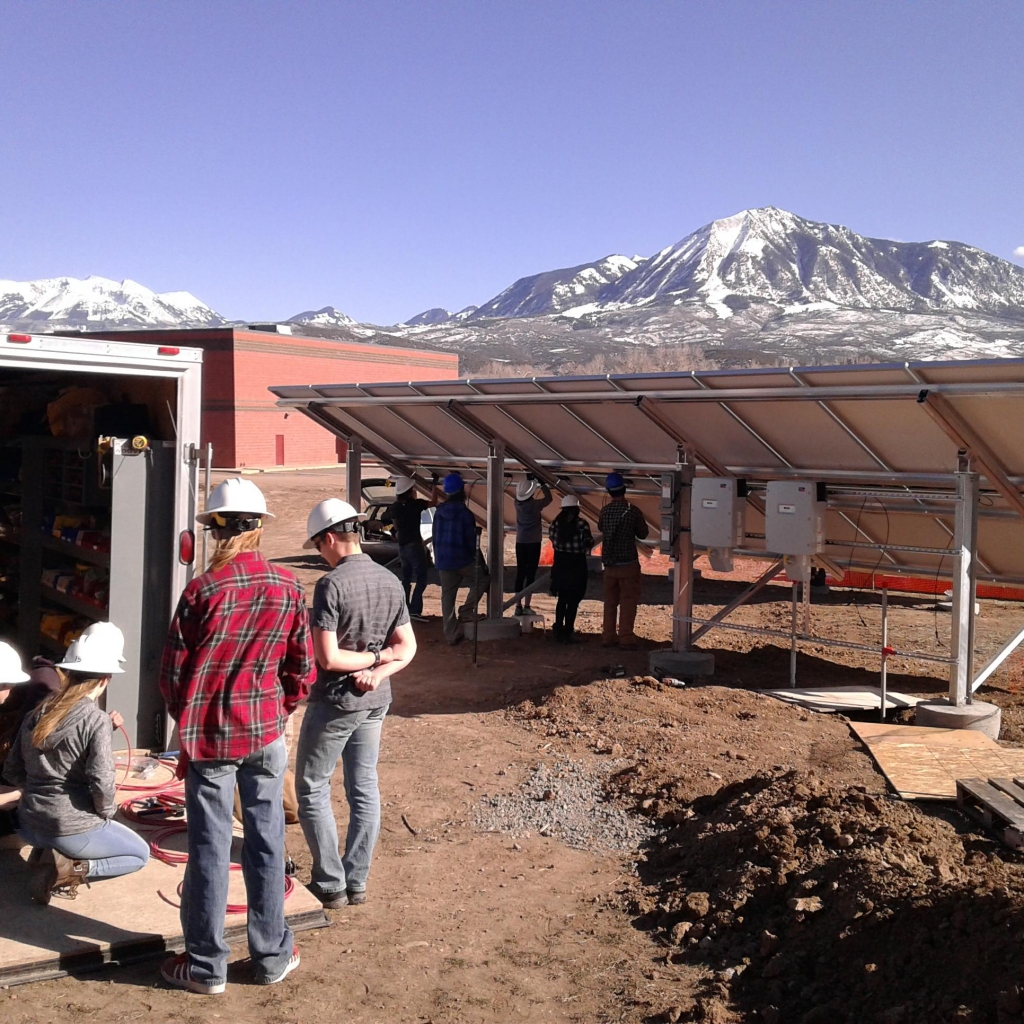Posted by BrankoK
Too often do you see SEO analyses and decisions being made without considering the context of the marketing channel mix. Equally as often do you see large budgets being poured into paid ads in ways that seem to forget there's a whole lot to gain from catering to popular search demand.
Both instances can lead to leaky conversion funnels and missed opportunity for long term traffic flows. But this article will show you a case of an SEO context analysis we used to determine the importance and role of SEO.
This analysis was one of our deliverables for a marketing agency client who hired us to inform SEO decisions which we then turned into a report template for you to get inspired by and duplicate.
Case description
The included charts show real, live data. You can see the whole SEO channel context analysis in this Data Studio SEO report template.
The traffic analyzed is for of a monetizing blog, whose marketing team also happens to be one of most fun to work for. For the sake of this case study, we're giving them a spectacular undercover name — "The Broze Fellaz."
For context, this blog started off with content for the first two years before they launched their flagship product. Now, they sell a catalogue of products highly relevant to their content and, thanks to one of the most entertaining Shark Tank episodes ever aired, they have acquired investments and a highly engaged niche community.
As you’ll see below, organic search is their biggest channel in many ways. Facebook also runs both as organic and paid and the team spends many an hour inside the platform. Email has elaborate automated flows that strive to leverage subscribers that come from the stellar content on the website. We therefore chose the three — organic Search, Facebook, and email — as a combination that would yield a comprehensive analysis with insights we can easily act on.
Ingredients for the SEO analysis
This analysis is a result of a long-term retainer relationship with "The Broze Fellaz" as our ongoing analytics client. A great deal was required in order for data-driven action to happen, but we assure you, it's all doable.
From the analysis best practice drawer, we used:
- 2 cups of relevant channels for context and analysis via comparison.
- 3 cups of different touch points to identify channel roles — bringing in traffic, generating opt-ins, closing sales, etc.
- 5 heads of open-minded lettuce and readiness to change current status quo, for a team that can execute.
- 457 oz of focus-on-finding what is going on with organic search, why it is going on, and what we can do about it (otherwise, we’d end up with another scorecard export).
- Imperial units used in arbitrary numbers that are hard to imagine and thus feel very large.
- 1 to 2 heads of your analyst brain, baked into the analysis. You're not making an automated report — even a HubSpot intern can do that. You're being a human and you're analyzing. You're making human analysis. This helps avoid having your job stolen by a robot.
- Full tray of Data Studio visualizations that appeal to the eye.
- Sprinkles of benchmarks, for highlighting significance of performance differences.
From the measurement setup and stack toolbox, we used:
- Google Analytics with tailored channel definitions, enhanced e-commerce and Search Console integration.
- Event tracking for opt-ins and adjusted bounce rate via MashMetrics GTM setup framework.
- UTM routine for social and email traffic implemented via Google Sheets & UTM.io.
- Google Data Studio. This is my favorite visualization tool. Despite its flaws and gaps (as it’s still in beta) I say it is better than its paid counterparts, and it keeps getting better. For data sources, we used the native connectors for Google Analytics and Google Sheets, then Facebook community connectors by Supermetrics.
- Keyword Hero. Thanks to semantic algorithms and data aggregation, you are indeed able to see 95 percent of your organic search queries (check out Onpage Hero, too, you'll be amazed).
Inspiration for my approach comes from Lea Pica, Avinash, the Google Data Studio newsletter, and Chris Penn, along with our dear clients and the questions they have us answer for them.
Ready? Let's dive in.
Analysis of the client's SEO on the context of their channel mix
1) Insight: Before the visit

What's going on and why is it happening?
Organic search traffic volume blows the other channels out of the water. This is normal for sites with quality regular content; yet, the difference is stark considering the active effort that goes into Facebook and email campaigns.
The CTR of organic search is up to par with Facebook. That's a lot to say when comparing an organic channel to a channel with high level of targeting control.
It looks like email flows are the clear winner in terms of CTR to the website, which has a highly engaged community of users who return fairly often and advocate passionately. It also has a product and content that's incredibly relevant to their users, which few other companies appear to be good at.
There's a high CTR on search engine results pages often indicates that organic search may support funnel stages beyond just the top.
As well, email flows are sent to a very warm audience — interested users who went through a double opt-in. It is to be expected for this CTR to be high.
What's been done already?
There's an active effort and budget allocation being put towards Facebook Ads and email automation. A content plan has been put in place and is being executed diligently.
What we recommend next
- Approach SEO in a way as systematic as what you do for Facebook and email flows.
- Optimize meta titles and descriptions via testing tools such as Sanity Check. The organic search CTR may become consistently higher than that of Facebook ads.
- Assuming you've worked on improving CTR for Facebook ads, have the same person work on the meta text and titles. Most likely, there'll be patterns you can replicate from social to SEO.
- Run a technical audit and optimize accordingly. Knowing that you haven’t done that in a long time, and seeing how much traffic you get anyway, there’ll be quick, big wins to enjoy.
Results we expect
You can easily increase the organic CTR by at least 5 percent. You could also clean up the technical state of your site in the eyes of crawlers -— you’ll then see faster indexing by search engines when you publish new content, increased impressions for existing content. As a result, you may enjoy a major spike within a month.
2) Insight: Engagement and options during the visit
With over 70 percent of traffic coming to this website from organic search, the metrics in this analysis will be heavily skewed towards organic search. So, comparing the rate for organic search to site-wide is sometimes conclusive, other times not conclusive.
Adjusted bounce rate — via GTM events in the measurement framework used, we do not count a visit as a bounce if the visit lasts 45 seconds or longer. We prefer this approach because such an adjusted bounce rate is much more actionable for content sites. Users who find what they were searching for often read the page they land on for several minutes without clicking to another page. However, this is still a memorable visit for the user. Further, staying on the landing page for a while, or keeping the page open in a browser tab, are both good indicators for distinguishing quality, interested traffic, from all traffic.
We included all Facebook traffic here, not just paid. We know from the client’s data that the majority is from paid content, they have a solid UTM routine in place. But due to boosted posts, we’ve experienced big inaccuracies when splitting paid and organic Facebook for the purposes of channel attribution.

What's going on and why is it happening?
It looks like organic search has a bounce rate worse than the email flows — that's to be expected and not actionable, considering that the emails are only sent to recent visitors who have gone through a double opt-in. What is meaningful, however, is that organic has a better bounce rate than Facebook. It is safe to say that organic search visitors will be more likely to remember the website than the Facebook visitors.
Opt-in rates for Facebook are right above site average, and those for organic search are right below, while organic is bringing in a majority of email opt-ins despite its lower opt-in rate.
Google's algorithms and the draw of the content on this website are doing better at winning users' attention than the detailed targeting applied on Facebook. The organic traffic will have a higher likelihood of remembering the website and coming back. Across all of our clients, we find that organic search can be a great retargeting channel, particularly if you consider that the site will come up higher in search results for its recent visitors.
What's been done already?
The Facebook ad campaigns of "The Broze Fellaz" have been built and optimized for driving content opt-ins. Site content that ranks in organic search is less intentional than that.
Opt-in placements have been tested on some of the biggest organic traffic magnets.
Thorough, creative and consistent content calendars have been in place as a foundation for all channels.
What we recommend next
- It's great to keep using organic search as a way to introduce new users to the site. Now, you can try to be more intentional about using it for driving opt-ins. It’s already serving both of the stages of the funnel.
- Test and optimize opt-in placements on more traffic magnets.
- Test and optimize opt-in copy for top 10 traffic magnets.
- Once your opt-in rates have improved, focus on growing the channel. Add to the content work with a 3-month sprint of an extensive SEO project
- Assign Google Analytics goal values to non-e-commerce actions on your site. The current opt-ins have different roles and levels of importance and there’s also a handful of other actions people can take that lead to marketing results down the road. Analyzing goal values will help you create better flows toward pre-purchase actions.
- Facebook campaigns seem to be at a point where you can pour more budget into them and expect proportionate increase in opt-in count.
Results we expect
Growth in your opt-ins from Facebook should be proportionate to increase in budget, with a near-immediate effect. At the same time, it’s fairly realistic to bring the opt-in rate of organic search closer to site average.
3) Insight: Closing the deal
For channel attribution with money involved, you want to make sure that your Google Analytics channel definitions, view filters, and UTM’s are in top shape.

What's going on and why is it happening?
Transaction rate, as well as per session value, is higher for organic search than it is for Facebook (paid and organic combined).
Organic search contributes to far more last-click revenue than Facebook and email combined. For its relatively low volume of traffic, email flows are outstanding in the volume of revenue they bring in.
Thanks to the integration of Keyword Hero with Google Analytics for this client, we can see that about 30 percent of organic search visits are from branded keywords, which tends to drive the transaction rate up.
So, why is this happening? Most of the product on the site is highly relevant to the information people search for on Google.
Multi-channel reports in Google Analytics also show that people often discover the site in organic search, then come back by typing in the URL or clicking a bookmark. That makes organic a source of conversions where, very often, no other channels are even needed.
We can conclude that Facebook posts and campaigns of this client are built to drive content opt-ins, not e-commerce transactions. Email flows are built specifically to close sales.
What’s been done already?
There is dedicated staff for Facebook campaigns and posts, as well a thorough system dedicated to automated email flows.
A consistent content routine is in place, with experienced staff at the helm. A piece has been published every week for the last few years, with the content calendar filled with ready-to-publish content for the next few months. The community is highly engaged, reading times are high, comment count soaring, and usefulness of content outstanding. This, along with partnerships with influencers, helps "The Broze Fellaz" take up a half of the first page on the SERP for several lucrative topics. They’ve been achieving this even without a comprehensive SEO project. Content seems to be king indeed.
Google Shopping has been tried. The campaign looked promising but didn't yield incremental sales. There’s much more search demand for informational queries than there is for product.
What we recommend next
- Organic traffic is ready to grow. If there is no budget left, resource allocation should be considered. In paid search, you can often simply increase budgets. Here, with stellar content already performing well, a comprehensive SEO project is begging for your attention. Focus can be put into structure and technical aspects, as well as content that better caters to search demand. Think optimizing the site’s information architecture, interlinking content for cornerstone structure, log analysis, and technical cleanup, meta text testing for CTR gains that would also lead to ranking gains, strategic ranking of long tail topics, intentional growing of the backlink profile.
- Three- or six-month intensive sprint of comprehensive SEO work would be appropriate.
Results we expect
Increasing last click revenue from organic search and direct by 25 percent would lead to a gain as high as all of the current revenue from automated email flows. Considering how large the growth has been already, this gain is more than achievable in 3–6 months.
Wrapping it up
Organic search presence of "The Broze Fellaz" should continue to be the number-one role for bringing new people to the site and bringing people back to the site. Doing so supports sales that happen with the contribution of other channels, e.g. email flows. The analysis points out is that organic search is also effective at playing the role of the last-click channel for transactions, often times without the help of other channels.
We’ve worked with this client for a few years, and, based on our knowledge of their marketing focus, this analysis points us to a confident conclusion that a dedicated, comprehensive SEO project will lead to high incremental growth.
Your turn
In drawing analytical conclusions and acting on them, there’s always more than one way to shoe a horse. Let us know what conclusions you would’ve drawn instead. Copy the layout of our SEO Channel Context Comparison analysis template and show us what it helped you do for your SEO efforts — create a similar analysis for a paid or owned channel in your mix. Whether it’s comments below, tweeting our way, or sending a smoke signal, we’ll be all ears. And eyes.
Sign up for The Moz Top 10, a semimonthly mailer updating you on the top ten hottest pieces of SEO news, tips, and rad links uncovered by the Moz team. Think of it as your exclusive digest of stuff you don't have time to hunt down but want to read!

